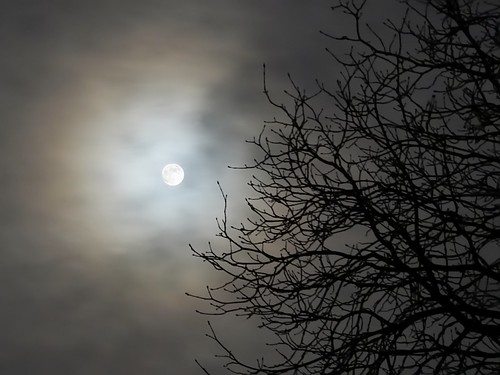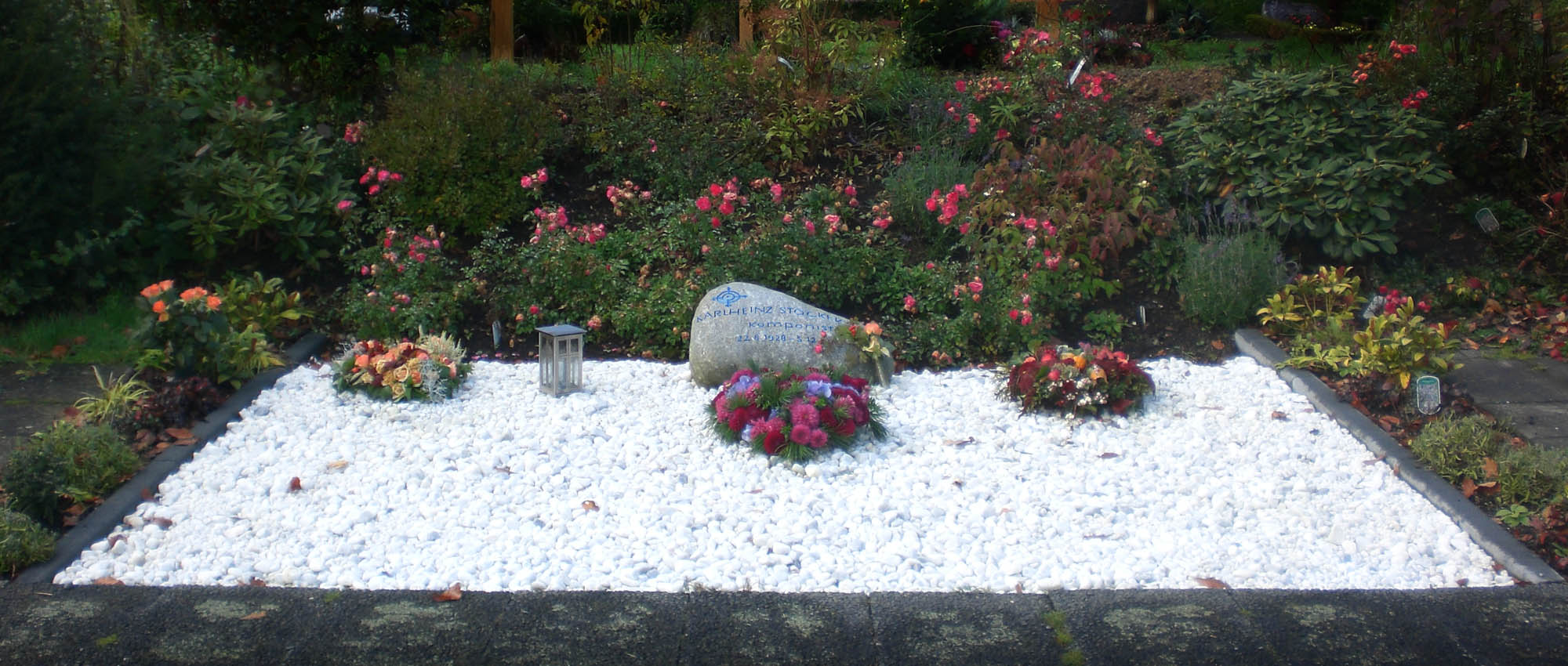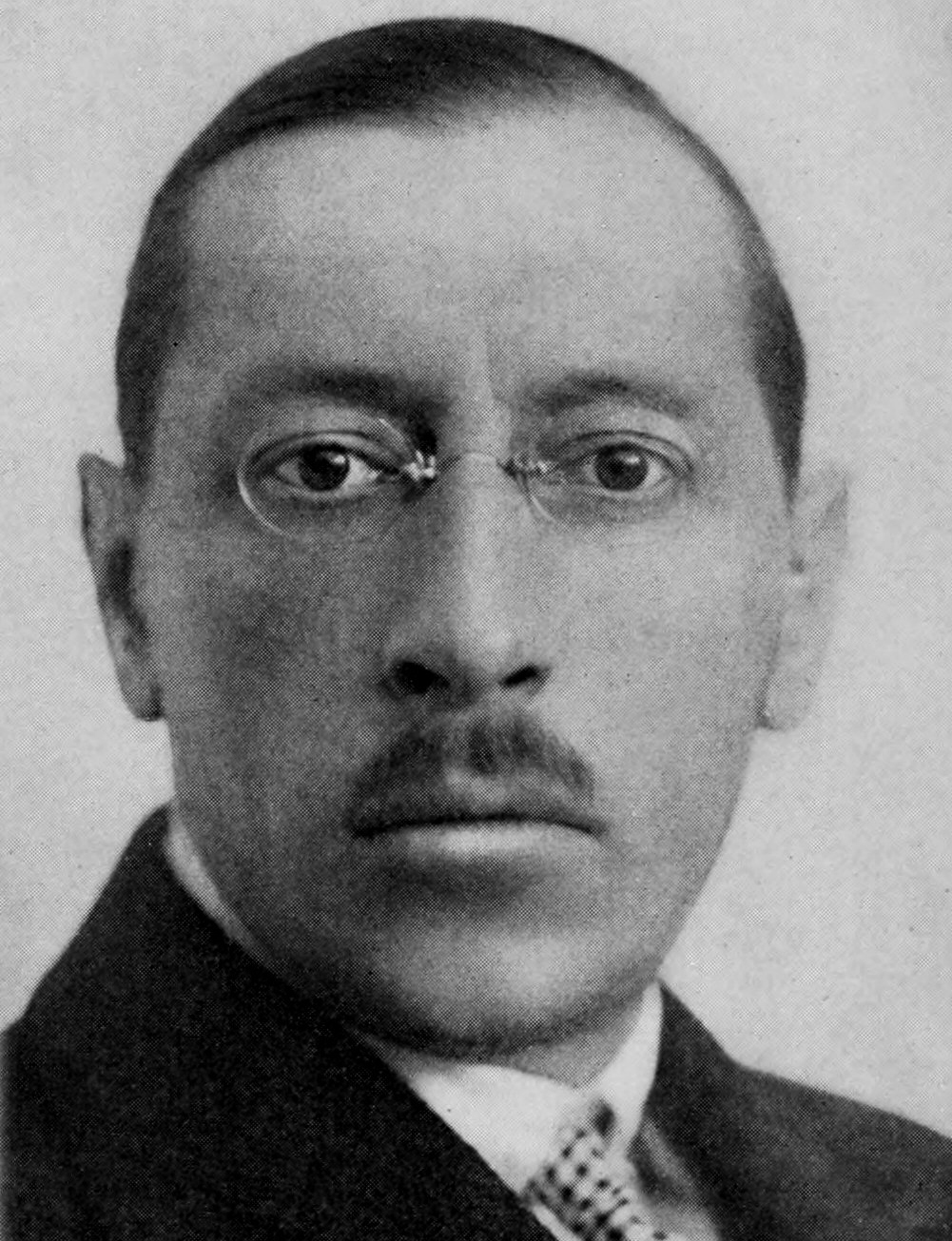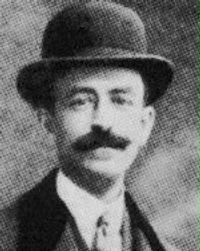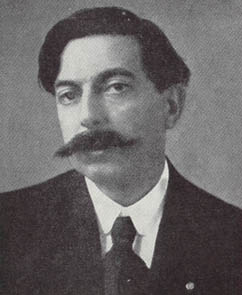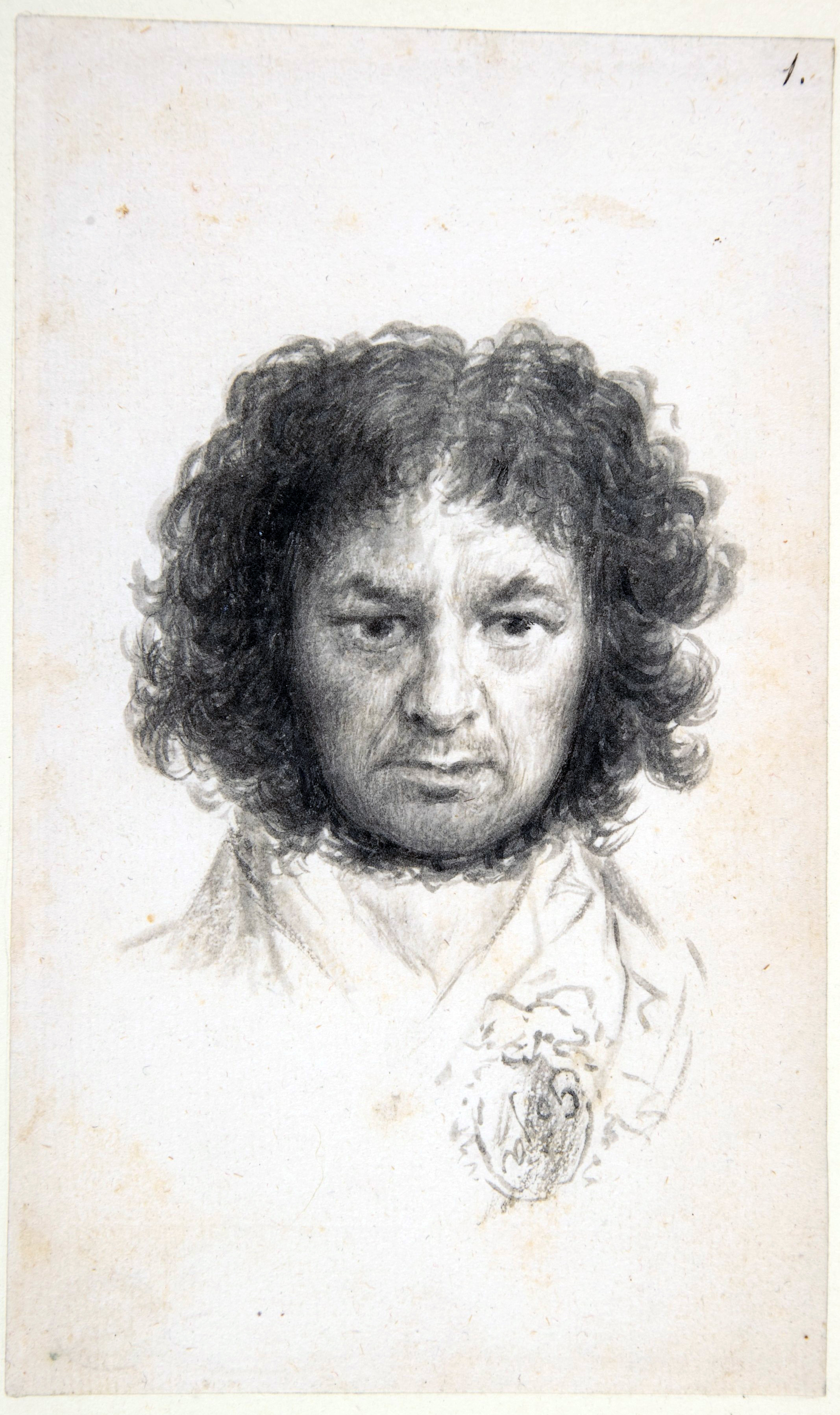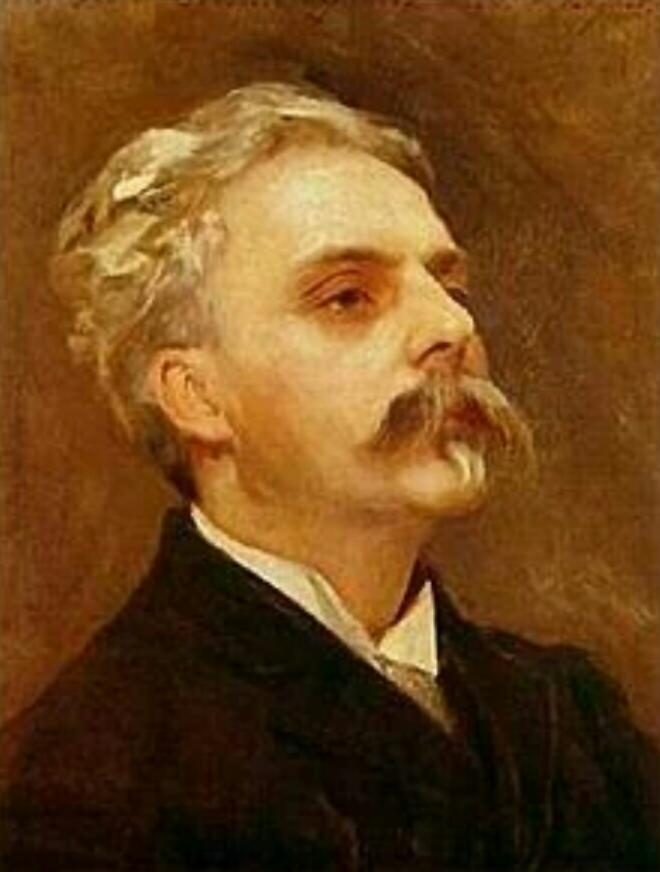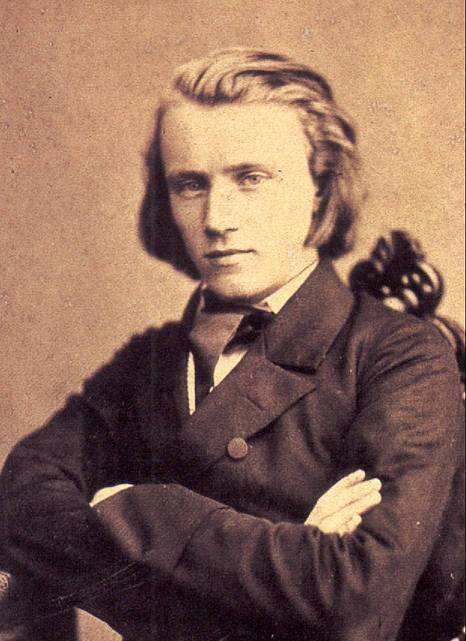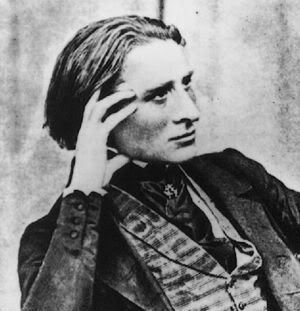Four years ago I set out on a journey. I was going to college to be trained for a profession that doesn't exist so I set my ULTIMATE GOAL: to figure out what was the "next step" for classical music. I thought of everything, from ways to compose music in a more communicative manner and changing the performance settings to the audience's role and possible ensembles. After several intense years I collected a massive amount of ideas from brainstorming and started a new concert design. There was only one major problem with the new design, it was missing something. It was so frustrating. The one major element which would later become the centerpiece of my master plan. (I sound like a mad scientist...)


Before I realized I had returned to The States with the knowledge to help me officially start my career as an artist. I started putting together an advisory board and compiling resources. I was going to start a company! An Artist Collective company that would bring together all types of artists in order to create a performance no audience will EVER forget. Just take a second to imagine a company which employs every type of artist (Dancers, Musicians, Painters, Poets, Sculptors, Photographers, Actors, Composers, and so many more). Collectively these creative masterminds will perform shows that challenge interactive audiences and push the definition of artistic collaboration to the absolute limit. Improvisation, humor, and genius are just a few of the elements that will run through the concerts which may occur in ANY type of venue - anywhere: OUTSIDE? WHAT?...

Here's our promotional video for the New York performance:
Hidden Reflections - "Unleash Your Imagination" from Julian Toha on Vimeo.
This is a promotional video for my newest project. We are uniting all art forms to create a concert that is rich visually and aurally. We plan to revolutionize classical music performance as well as create a stronger bond between all art forms. At the same time, all the artists involved are recruited from the cities which we perform in. This allows each performance to not only be unique, but more importantly rooted in the traditions and culture of that city. Concerts are being organized this summer (2010) for Atlanta and New York. For more information visit www.juliantoha.com or www.hidden-reflections.com.

